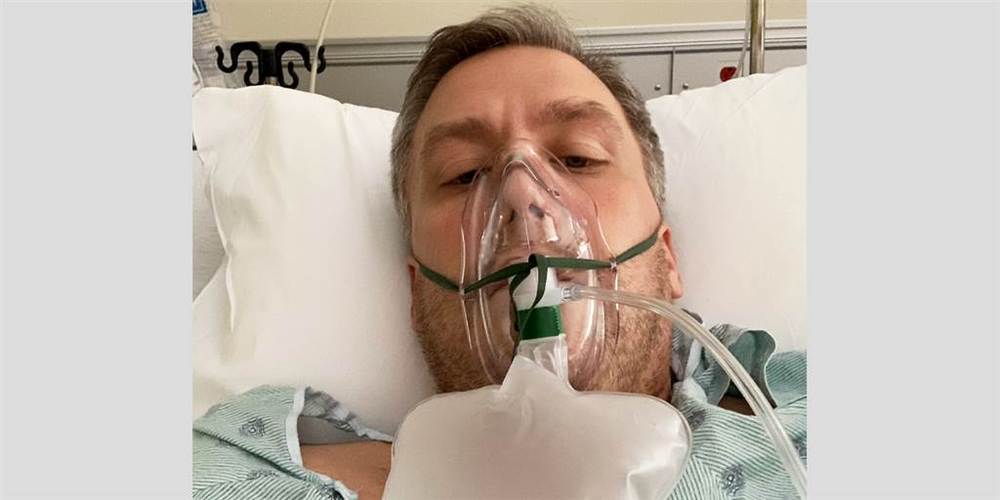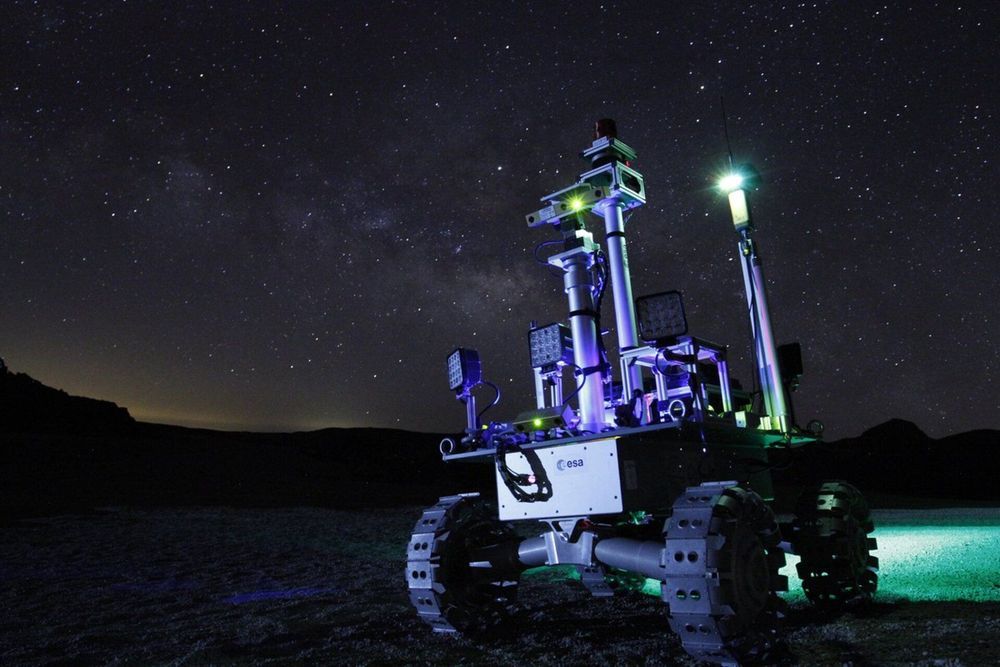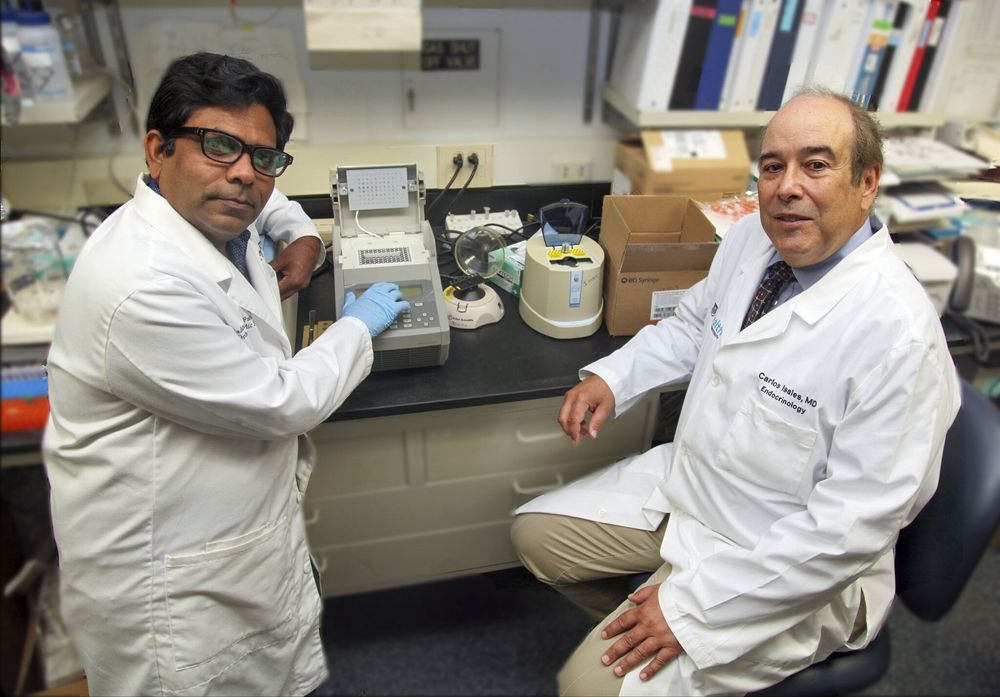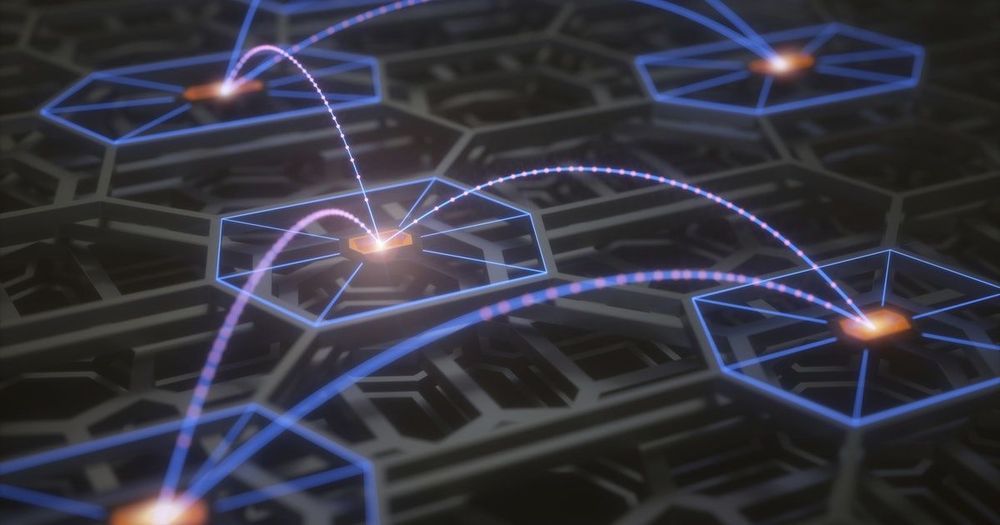The 42-year-old virologist and epidemiologist, who has responded to multiple outbreaks around the world, got sick about three days after a flight to his home in New Orleans.
“I had a mask on, I had gloves on, I did my normal wipes routine … but obviously, you can still get it through your eyes,” Fair said on the “TODAY” show from his hospital bed. “And of course I wasn’t wearing goggles on the flight.”
“That’s one of the three known routes of getting this infection that we just don’t pay a lot of attention to; we tend to pay attention to the nose and mouth because that is the most common route,” he said. “But you know, droplets landing on your eyes are just as infectious.”








